CCR & 316(b)
CDG understands that many of our power generation customers are significantly impacted by the ever changing Environmental Protection Agency regulations, including the Disposal of Coal Combustion Residuals Rule and the Clean Air Act, section 316(b), and we are here to help ensure your facility is in full compliance. At CDG we have a skilled team with the engineering expertise to understand exactly what steps are needed to meet current regulations, but we don’t stop there. CDG also boasts partnerships with other professional services firms to address the economic implications of compliance. We believe that this collaborative approach gives our customers a more comprehensive understanding of the process and the net regulatory impacts.
The coal combustion residual rule provides an inclusive set of requirements for the safe disposal of coal combustion residuals (CCRs), commonly known as “ash” or “coal ash”, from coal-fired power plants. This rule establishes technical requirements for CCR landfills and surface impoundments and specifically addresses the risks associated with coal ash disposal. As a result of this rule, many coal-based power plants are converting to a dry ash handling system. CDG is very knowledgeable in this realm and has completed multiple coal ash handling design projects from start to finish. Beginning with a feasibility study through construction administration and onsite training, CDG can help you transition to a dry ash handling system and help make certain that your facility is in full regulatory compliance.
Section 316b of the Clean Water Act requires the EPA to issue regulations on the design and operation of cooling water intake structures. The regulations apply to new and existing facilities. Requirements for existing facilities vary depending on the amount of intake flow. Facilities may be required to reduce both impingement (entrapment on the outer part of the intake structure or screen) and entrainment (passing through the intake structure and into cooling water system) of aquatic wildlife. There are several alternative screening technologies that achieve 316(b) compliance, and CDG has extensive experience helping facilities select and implement new systems.
CDG employs a team of civil, structural, mechanical and electrical engineers who are well versed in EPA regulatory mandates and will work with you to understand how your facility can best achieve compliance while still maximizing long term profits. At CDG, we’re about more than just technical engineering expertise, we are also known for superior communication and customer service that’s second to none. We invite you to experience the CDG difference firsthand.



























